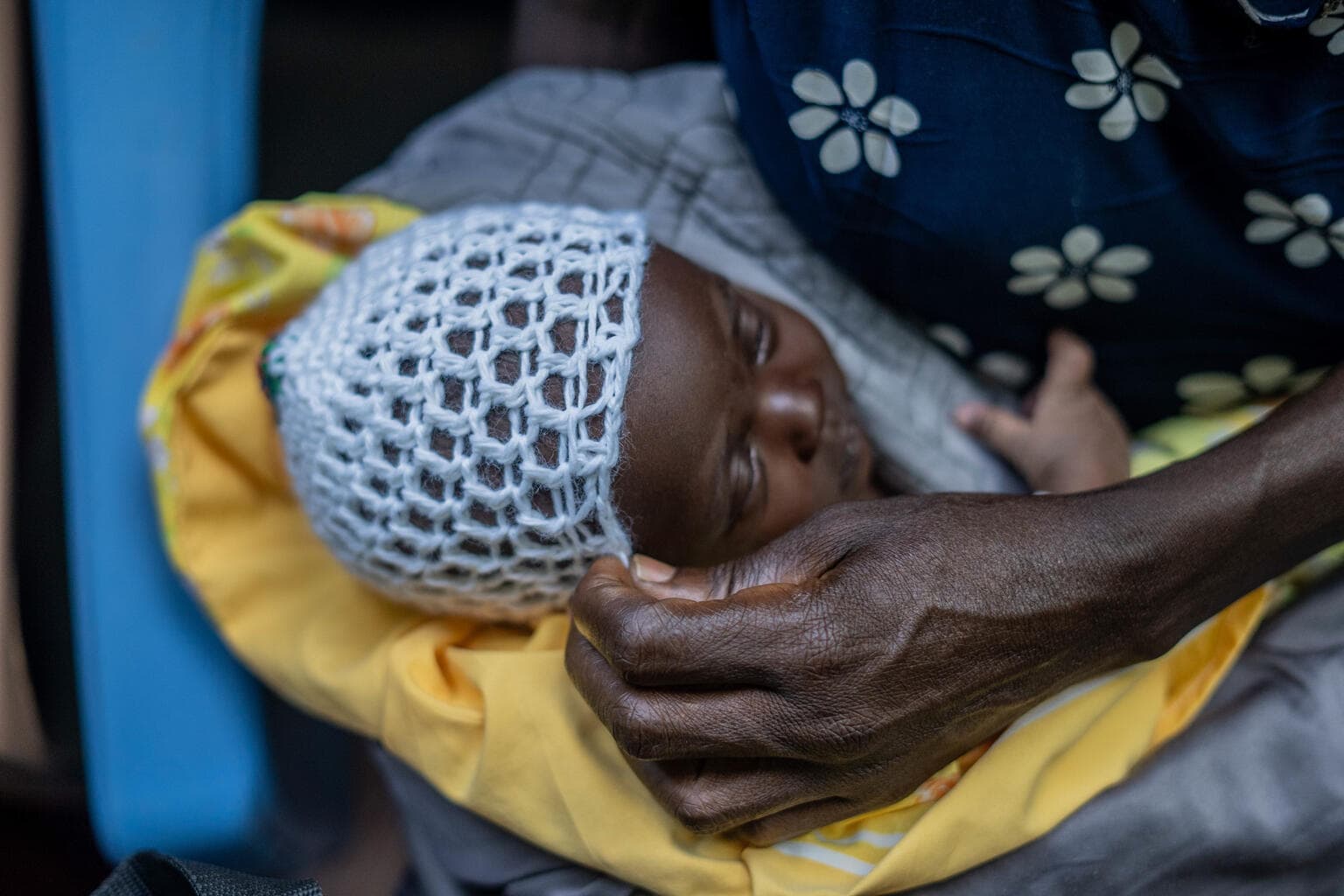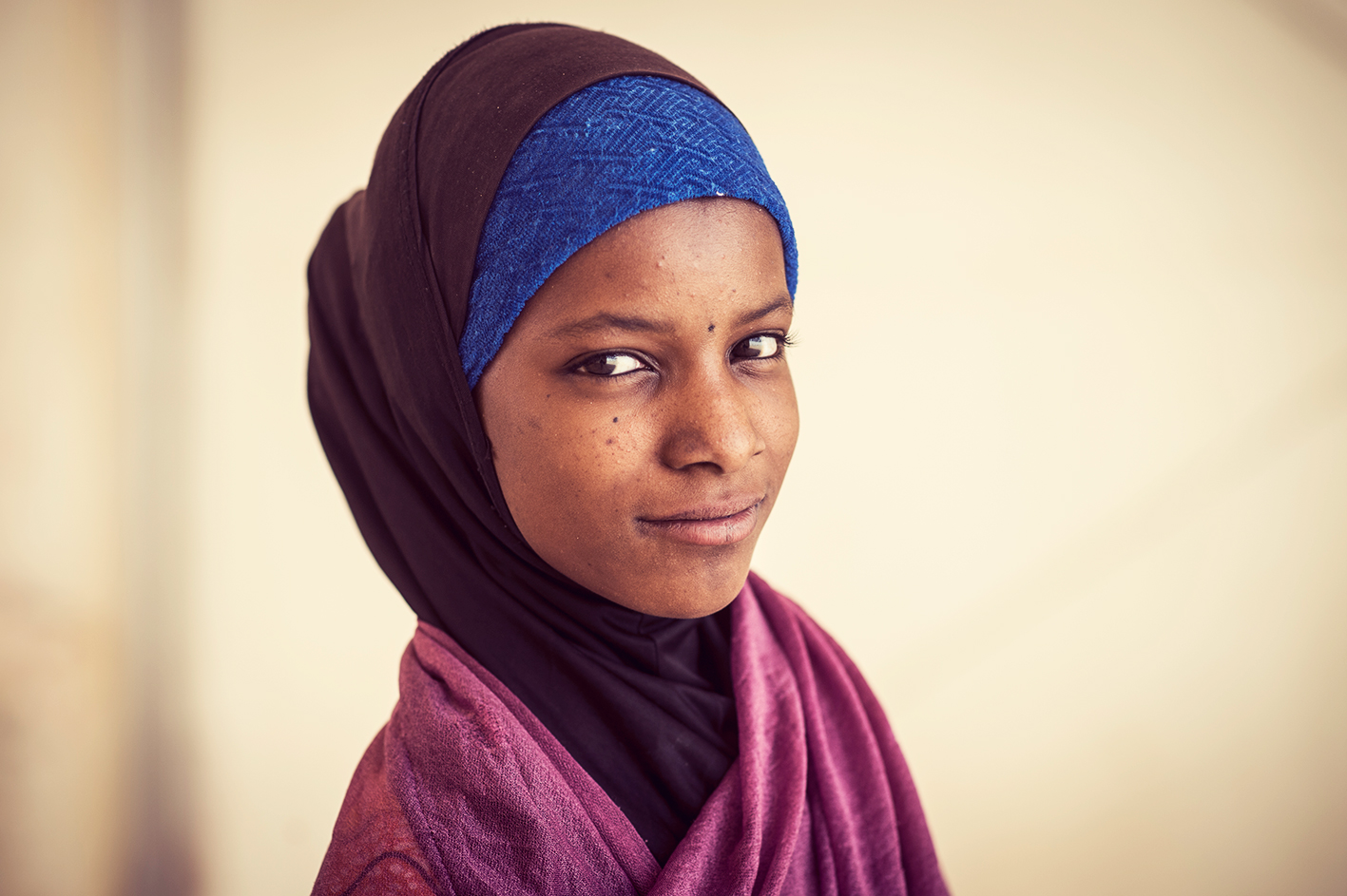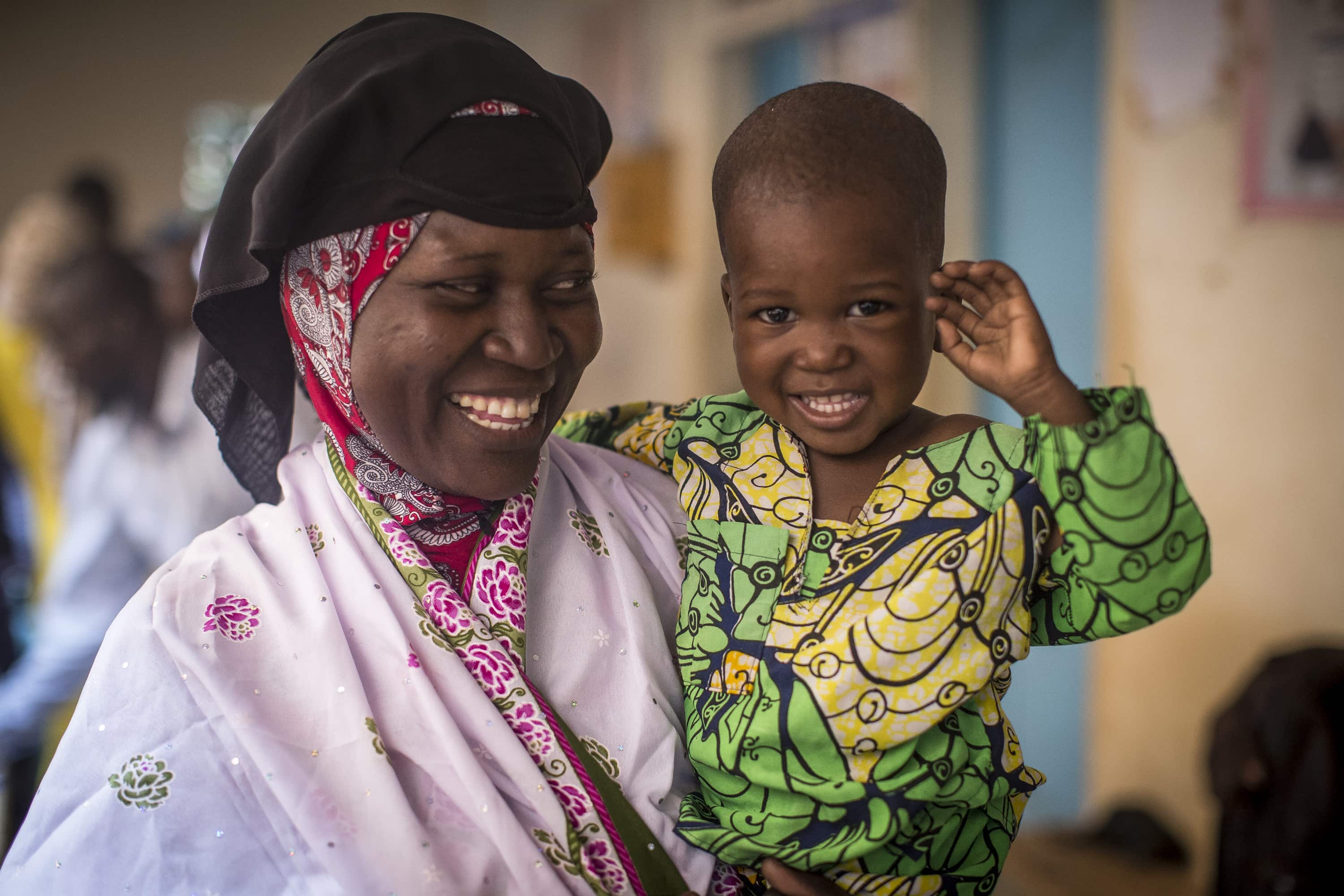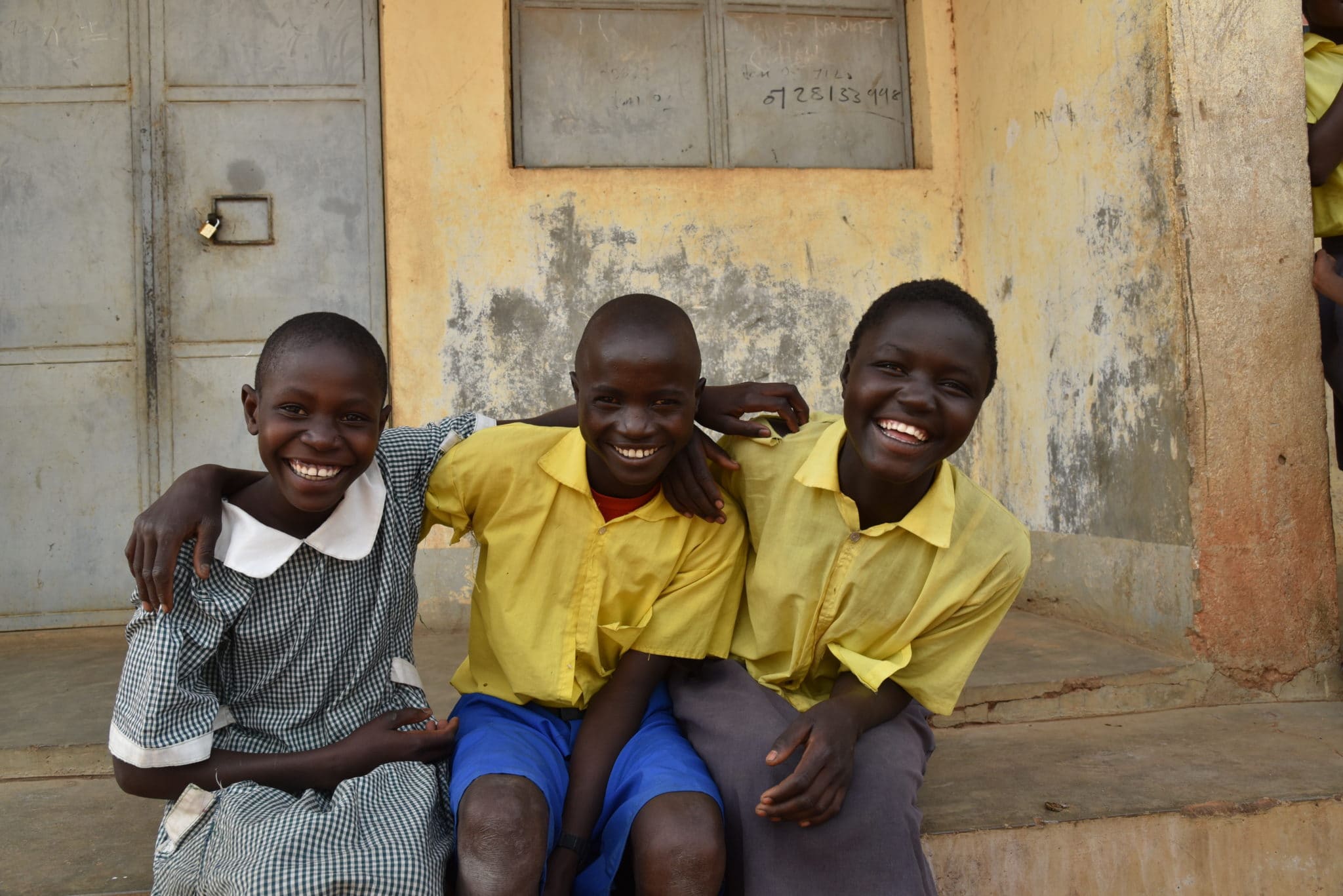Mortality among children, adolescents and youth aged 5–24
Globally, and the risk of dying at any age from age 5 to 24 is lower than for children under 5 years of age. The probability of dying among children and youth aged 5–24 years was 18 deaths per 1,000 children aged 5-24 years in 2020. This is about half of the level of the under-five mortality rate in 2020, even though the exposure to the risk of dying is four times as long in the 5–24 age group. Still, an estimated 2.2 million children and youth in this age group died in 2020 alone—43 per cent of those deaths occurred in the adolescent period, ages 10-19.
Since 1990, the mortality rate for children and youth aged 5-24 dropped by 44 per cent from 31 deaths per 1,000 children aged 5 to 18 deaths in 2020, while adolescent mortality declined by 41 per cent over the same period from 13 deaths per 1,000 adolescents aged 10 to 8 deaths per 1,000. Notably, the pace of mortality decline from 1990 to 2020 slows with age. Among the 5-year age groups, children aged 5-9 saw the fastest pace of decline in mortality from 1990 to 2020 at an estimated 3.1 per cent annually, followed by young adolescents aged 10-14 at 1.9 per cent, older adolescents aged 15-19 at 1.7 per cent, and youth aged 20-24 at 1.2 per cent.
Survival chances for children, adolescents and young people vary substantially across regions and countries. In sub-Saharan Africa, the probability of dying among children and youth aged 5–24 in 2020 was 39 deaths per 1,000 children aged 5, followed by South Asia with 17 deaths per 1,000 children aged 5. The average risk of dying between age 5 and age 24 in sub-Saharan Africa was about ten times higher than in the Western Europe region, which has the lowest mortality rate for 5–24-year-olds. Adolescent mortality rates show a similar geographic disparity with adolescents in sub-Saharan Africa facing the greatest risk at an estimated 16 deaths per 1,000 adolescents aged 10–19, followed by South Asia at 7 deaths per 1,000. About 46 per cent of deaths to children and youth aged 5–24 occurred in sub-Saharan Africa, followed by South Asia with about 26 per cent.
At the country level, mortality rates for 5–9-year-olds ranged from 0.2 to 16.1 deaths per 1,000 children aged 5; for 10–14-year-olds, from 0.2 to 12.9 deaths per 1,000 adolescents aged 10; for 15–19-year-olds, from 0.8 to 18.0 deaths per 1,000 adolescents aged 15; and for 20–24-year-olds, from 1.0 to 24.3 deaths per 1,000 youths aged 20.
Child, adolescent and youth mortality data
Build and download your own customisable dataset
Resources




Notes on the data
Definitions of indicators
Under-five mortality rate: Probability of dying between birth and exactly 5 years of age, expressed per 1,000 live births.
Infant mortality rate: Probability of dying between birth and exactly 1 year of age, expressed per 1,000 live births.
Neonatal mortality rate: Probability of dying during the first 28 days of life, expressed per 1,000 live births.
Probability of dying among children aged 5–14: Probability of dying at age 5–14 years expressed per 1,000 children aged 5.
Probability of dying among youth aged 15–24: Probability of dying at age 15–24 years expressed per 1,000 youth aged 15.
Probability of dying among adolescents aged 10–19: Probability of dying at age 15–24 years expressed per 1,000 youth aged 15.
Data sources and methodology
If each country had a single source of high-quality data covering the last few decades, reporting on child mortality levels and trends would be straightforward. But few countries do, and the limited availability of high-quality data over time for many countries makes generating accurate estimates of child mortality a considerable challenge.
Nationally representative estimates of child mortality can be derived from several sources, including civil registration, censuses and sample surveys. Demographic surveillance sites and hospital data are excluded because they are rarely nationally representative. The preferred source of data is a civil registration system that records births and deaths on a continuous basis, collects information as events occur and covers the entire population. If registration coverage is complete and the systems function efficiently, the resulting child mortality estimates will be accurate and timely. However, many countries remain without viable or fully functioning vital registration systems that accurately record all births and deaths—only around 60 countries have such systems. Therefore, household surveys, such as the UNICEF-supported Multiple Indicator Cluster Surveys and the US Agency for International Development–supported Demographic and Health Surveys, which ask women about the survival of their children, are the basis of child mortality estimates for most developing countries.
The United Nations Inter-agency Group for Child Mortality Estimation (UN IGME) seeks to compile all available national-level data on child mortality, including data from vital registration systems, population censuses, household surveys and sample registration systems. To estimate the under-five mortality trend series for each country, a statistical model is fitted to data points that meet quality standards established by IGME and then used to predict a trend line that is extrapolated to a common reference year, set at 2019 for the estimates presented here. Infant mortality rates are generated by either applying a statistical model or transforming under-five mortality rates based on model life tables. Neonatal mortality rates are produced using a statistical model that uses national available data and estimated under-five mortality rates as input. Mortality rates among children aged 5–14 and youth aged 15-24 were produced by using a similar model as for under-five mortality. These methods provide a transparent and objective way of fitting a smoothed trend to a set of observations and of extrapolating the trend from the earliest available data point to the present. A more detailed explanation is available in the explanatory notes (available in Arabic, English, French, Spanish and Russian).
An overview on the methodology is available in this year’s UN IGME report.
A peer-reviewed collection of articles that makes a vital contribution to transparency on UN IGME’s methodology for child mortality estimation. Topics include: an overview of the child mortality estimation methodology developed by UN IGME, methods used to adjust for bias due to AIDS, estimation of sex differences in child mortality, and more. The collection was produced with support from UNICEF and the independent technical advisory group of IGME. Read more.
More details on the data used in deriving estimates are available in CME Info http://www.childmortality.org.
Key references
- For a detailed description of the B3 methodology, see Alkema, L. and New, J.R. (2014). ‘Global estimation of child mortality using a Bayesian B-spline bias-reduction method’, Annals of Applied Statistics, Vol. 8, No. 4, 2122-2149. Available at http://arxiv.org/abs/1309.1602 [PDF].
- Full details of the methodology used in the estimation of child mortality for 2015 are available in the PLOSMedicine Collection on Child Mortality Estimation methods (ploscollections.org/childmortalityestimation).
- For changes to methods used for the 2019 estimates, refer to this year’s report.
Alkema, L. et al., ‘National, regional, and global sex ratios of infant, child, and under-5 mortality and identification of countries with outlying ratios: a systematic assessment’, The Lancet Global Health, vol. 2, 9, 1 September 2014, pp. e521-e530, DOI: 10.1016/S2214-109X(14)70280-3 Available at http://arxiv.org/abs/1309.1602
Alexander, Monica, and Leontine Alkema, ‘Global Estimation of Neonatal Mortality Using a Bayesian Hierarchical Splines Regression Model’, Demographic Research, vol. 38, 2018, pp. 335–372.
Hill, K., et al., Trends in Child Mortality in the Developing World: 1960-1996 [Full publication [zip].
You, D. et al. Global, regional, and national levels and trends in under-5 mortality between 1990 and 2015, with scenario-based projections to 2030: a systematic analysis by the UN Inter-agency Group for Child Mortality Estimation. The Lancet. 2015; 386: 2275–2286.